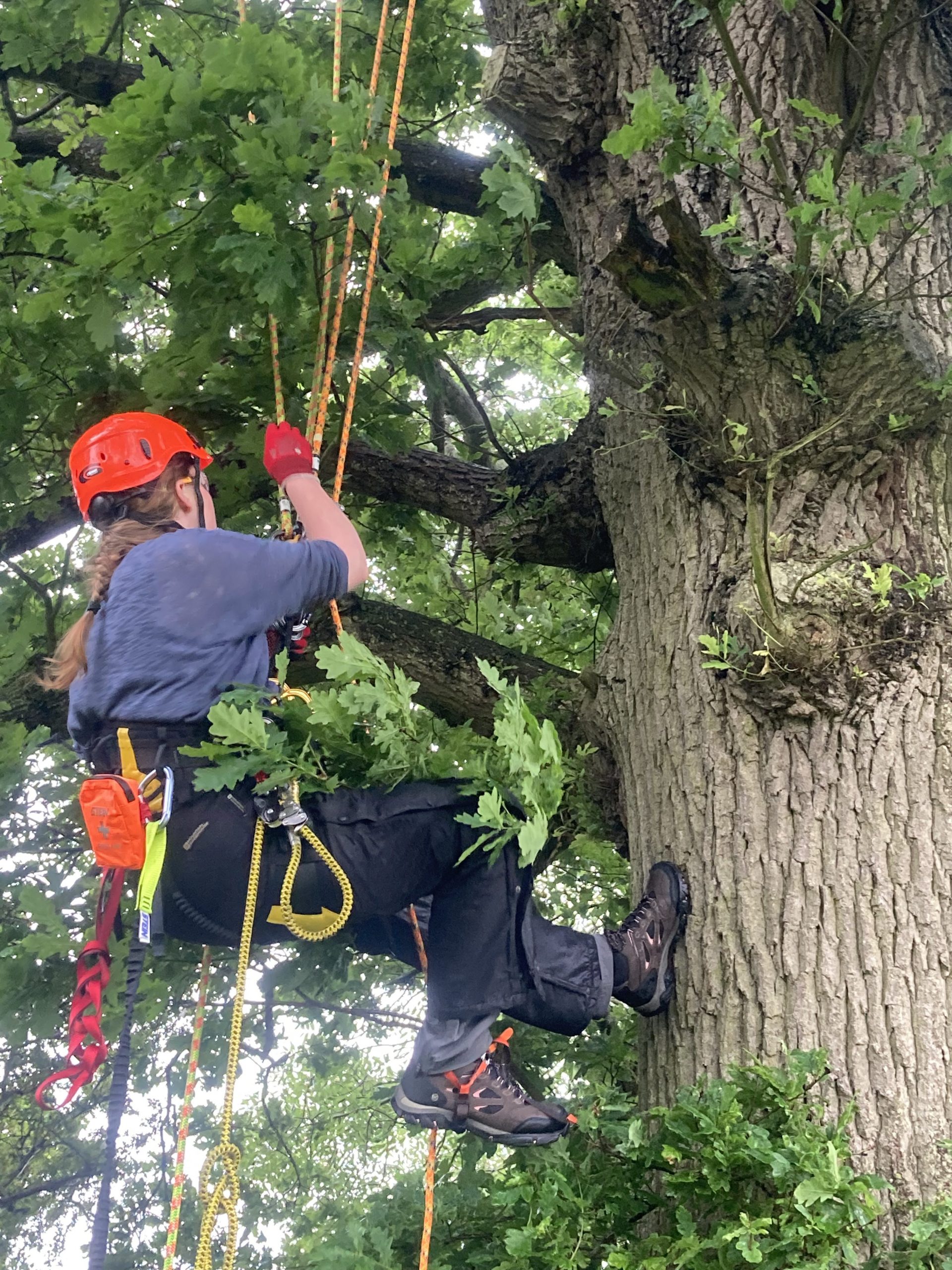Introduction to Radio-tracking course October 2015
At Wild Frontier Ecology we are constantly looking to ensure that we move with the times and have all of the most up-to date technology and methods at our disposal. For me keeping up to speed with all the technology can be a challenge, as my first passion is for the wildlife not the kit. I certainly much prefer to be shown how the kit works rather than spending a day wading through the manual! One of the things that so far I have relatively little experience with is radio-tracking. Fortunately WFE recently purchased plenty of radio–tracking kit, and we are very lucky to have expertise on the team. My colleague Dr Charlotte (Lotty) Packman has radio-tracked a variety of species over the years, and is perfectly placed to teach me how it works.
With this lack of experience it would appear I was not alone. For many people this is not experience that is easy to come by as the kit can be expensive, and it’s certainly the kind of thing you want to have a grasp of before spending large sums of money on a key project. With an obvious gap in the market for this training we decided to run our first training course ‘Introduction to Radio-tracking’. With potential radio-tracking projects in the pipeline I joined the course to ensure that I could hit the ground running next season.
![]()
The course was based at our offices near Fakenham in Norfolk. The morning session was split into two office-based theory sessions. First there was an introductory presentation explaining the uses of radio-tracking from first principles. Lotty was able to draw on case studies from her own experience to show how radio-tracking can be a useful tool, and what the limitations can be. We discussed the problems of finding Hermann’s tortoises in France when dug into the ground or hiding in dense scrub. We looked at how Lotty had been able to map the home ranges of Bengal floricans in Cambodia, and assess the survival of reintroduced Houbara bustards in Uzbekistan. And of course we learned about radio-tracking bats, with Lotty explaining her recent and best known project, looking at the management of bats in churches. In this project, bats were tracked to find their exact location when roosting within a church, and across the countryside to identify alternative roost sites.
The second morning session looked at planning and implementing radio-tracking projects. We discussed the different types of kit available, the different methods for attaching a transmitter to different animals, and the implications for the individual of attaching a transmitter and tracking them. Lotty had lots of useful advice on the best way to use the kit, and having been split into pairs we all got a chance to take a look at kit and learn the basics of operation before a break for lunch.
![]()
Once lunch was over, it was a short drive to a nearby National Nature Reserve for a chance to have a go for real. We had a bit of practice getting a feel for the kit with a tag left out in the open; then we set off in out pairs for a “treasure hunt” for tags. My colleague Will had spent the morning hiding tags around the wood for us to find. Some were relatively large and could be spotted by eye once we got close. Other tags were of a type that could be used on bats. These were tiny, and very difficult to spot in the woodland setting, so using the kit to accurately pinpoint the location was a skill to be learned. My partner and I went round and round one spot desperately trying to fix on the tag’s location! Fortunately Lotty was close by to check how each of the pairs was getting on and offer further tips for each situation.
![]()
As woodland is one of the hardest terrains to radio-track in, Lotty wasn’t making things easy for us. The trees can distort and bounce the signal from the tags, giving a sense of being closer to the tag than we thought. Nevertheless with practice using the triangulation technique we managed to locate all our tags.
As the afternoon drew to a close a good-natured competition developed between the pairs as to who would find the last tag…!
Following the success of our first course we will be looking at running it again in March next year so if anyone is interested please get in touch and check out our radio-tracking course page.

